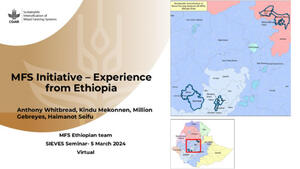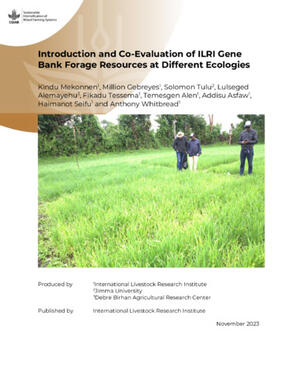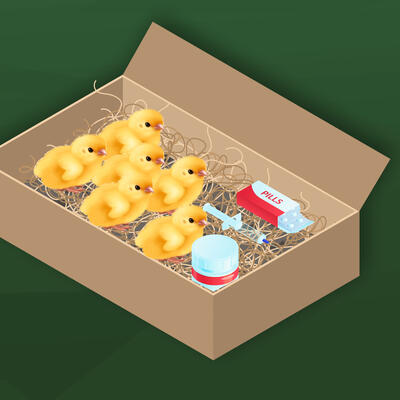
Growing an improved rice variety without applying good agricultural practices is like having a bicycle with a flat tire
It has been a long winding road to rice paradise for Neema Hussein, a rice farmer from Mbarali District in the southern highlands of Tanzania. But she is now getting there. Finally, she can smile as her rice harvest keeps improving year after year.
In 2009, Hussein decided to grow an improved rice variety to improve her production (higher yields) and to benefit from other advantages like disease resistance and resistance to waterlogging. Her variety of choice was the SARO 5 (TXD 306). Her optimism for a quick change in fortunes quickly turned to despair that would last six years as she only noticed a marginal change in her harvest.
‘I used to harvest between 7 and 15 bags (each bag weighing 125 kg) from my 3-acre rice paddy when I was growing Kalamata, a local rice variety. Then in 2009, when I switched to SARO 5 (TXD 306) and my yield increased to about 30 bags for the next 6 years, I was disappointed because I could not reach the potential yield of 120 bags,’ notes Hussein.
‘I didn’t know what I was doing wrong, but I kept growing the improved rice variety since what I harvested was still much better than what I would get if I grew the local varieties,’ she adds.
It was not until she joined the Africa RISING-NAFAKA project rice productivity enhancement trainings (led by ARI Dakawa) during the 2015/16 cropping season that she ‘uncovered’ the golden secret to higher yields.
‘Growing an improved rice variety without applying good agricultural practices (GAPs) is like having a bicycle with a flat tire,’ she quips.
She explains the changes she has observed.
‘Since I started to complement growing the improved rice variety with GAPs such as levelling land before planting, applying fertilizers, applying correct spacing etc., my yield has been increasing year after year. In 2016, I harvested 75 bags, and 90 bags in 2017!” she adds with an distinct smile on her face.
With this positive trend, the sky is the limit for Hussein. She is now more determined and ambitious, and hungry for more success.
‘My aim is to raise my yield to more than 100 bags. If I can reach that target and make a good profit from sales, then I plan to purchase a power tiller,’ she says.
Husseins dreams are valid. And so are those of 1,125 smallholder farmers in the southern highlands of Tanzania that are currently adopting improved rice varieties like SARO 5 (TXD 306) and being trained on good agricultural practices for rice production.
The SARO 5 (TXD 306) rice variety has a yield potential of 40 bags per acre. And if the markets are favourable, Hussein may just be in for a good pay day. In 2017, the prevailing market price for a bag of paddy was TZS 150,000 (USD67.5), therefore her yield was worth TZS 13,500,000 (USD6,075).
Resources: Africa RISING – NAFAKA Project Compendium of Rice Production Training Protocols
_ _ _ _ _ _ __ _ _ __ _ _ __ _ __ _ __ _ __ _ _ __ _ __ _ _ __ _ _ __ _ _ _ __ _ __ _ _ _ _ __ _
Through the United States Agency for International Development (USAID)-funded Africa RISING-NAFAKA Project, Dakawa Agricultural Research Institute (ARI- Dakawa) is leading implementation of activities to improve rice productivity in Tanzania’s Mvomero, Kilombero, Iringa Rural and Mbarali districts. The project’s aims are three-fold: Ensuring that at least 47,000 smallholder farm households in rural Tanzania can access technologies to diversify and increase their food supply and income sources, and improve the quality of degraded smallholder cropland; expanding the area under improved crop production technologies by at least 58,000 hectares; and increasing the yields of both maize and rice by 50% as a result of the technologies being applied.

















